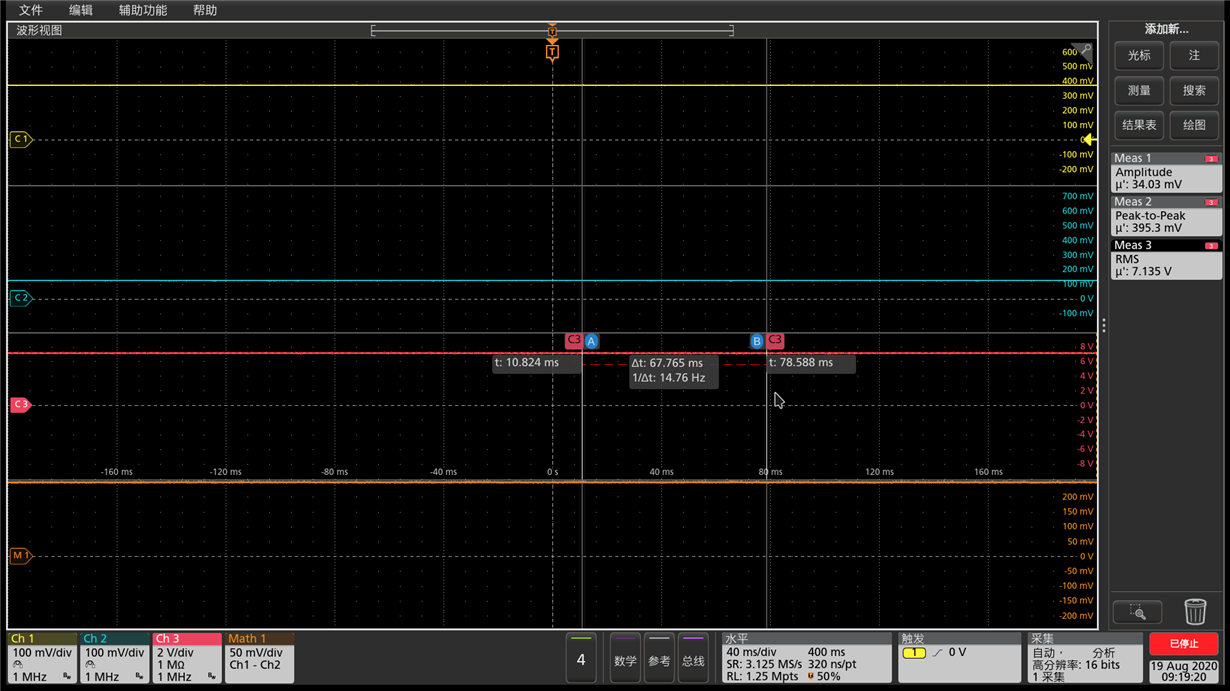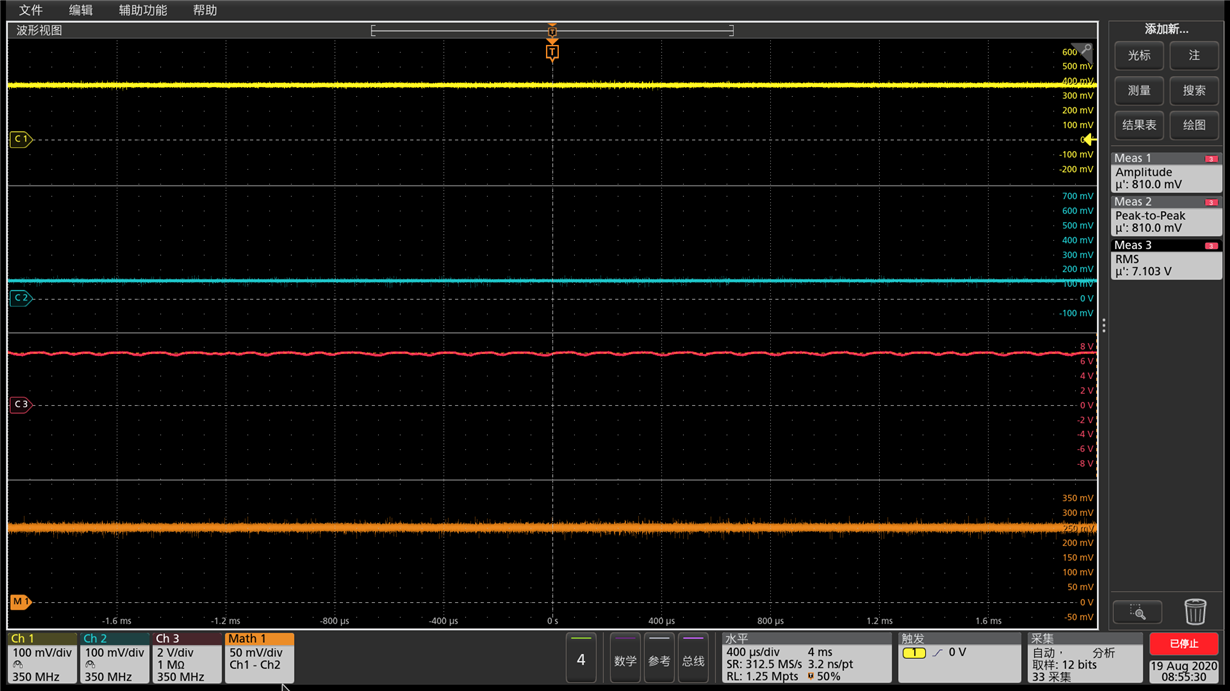Hi Team,
My customer now is evaluating DRV2700 which worked in BOOST mode, and they found that the output voltage with higher ripple in low voltage, and increase the Cboost capacitor value, the ripple become bigger.There are capacitors parallelized in Rfb1 and Rfb2, the ripple become worse while removed the parallelized capacitor.
Could you kindly help to give comments on how to reduce the ripple?
Below is the schematic, and please noticed that the comments may not correct for the schematic, but the parameters on the schematic are correct.
Best Regards
Benjamin



